How to Visit Uluru & Can You Climb Uluru in 2025?
Can You Climb Uluru in 2024 Nope. It’s now banned. Uluru (Ayer’s Rock) is one of the main draws of any backpacking stint in Australia. However, you have to earn your stripes with this one as it’s in the middle of bloody nowhere. Although everyone visiting Oz seemingly wants to see it, only a small portion of the backpackers every make simply because it’s such a mission to visit. When I was there, it was a huge priority for me and it may have cost me a bomb but it was well worth it. Let’s have a look at your options on how to visit Uluru:
TOP-TIP! You can take a 15 minute helicopter ride around Uluru for less than $115! Book in advance, it sells out. CHECK IT OUT HERE.
Table of contents
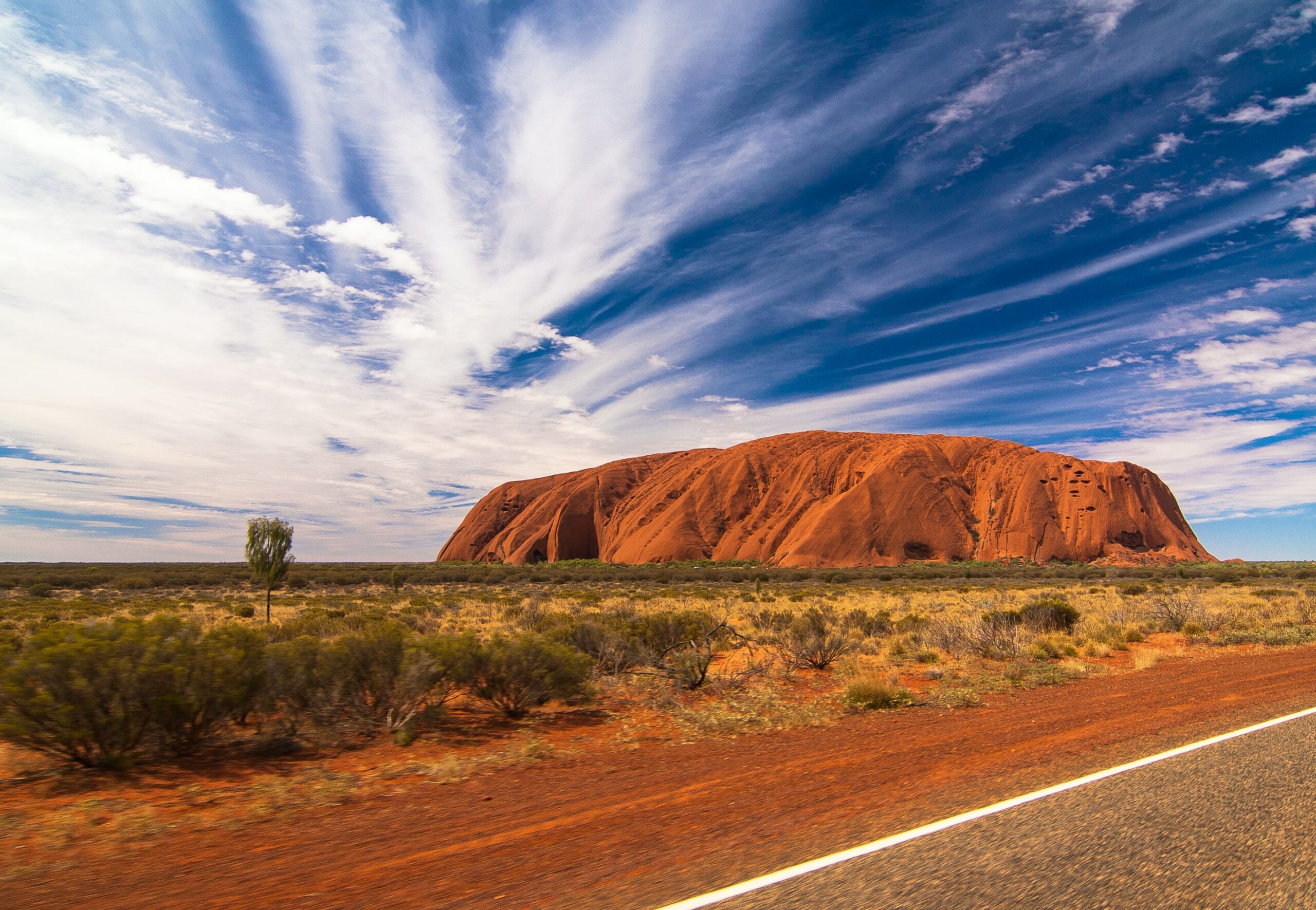
How to get to Uluru
There are two ways to visit Uluru (Ayers Rock) in Australia.
Either you bring your own transport, or you don’t.
Public Transport:
From the east coast or west coast (Perth, Sydney, Melbourne etc.) you’ll have to fly, either to Alice Springs Airport (5 hours from the rock) or Uluru airport (15km from the rock but only Qantas fly and it’s very pricey). These flights don’t come cheap, there’s no such thing as cheap airfare to Uluru so be prepared to spend upwards of $500 for the return flights. Ouch!
What I did:
Flew Sydney to Alice Springs and booked a 3 day tour which picked me up in Alice Springs, this is a common choice and if you don’t have your own transport it’s the easiest thing to do too.
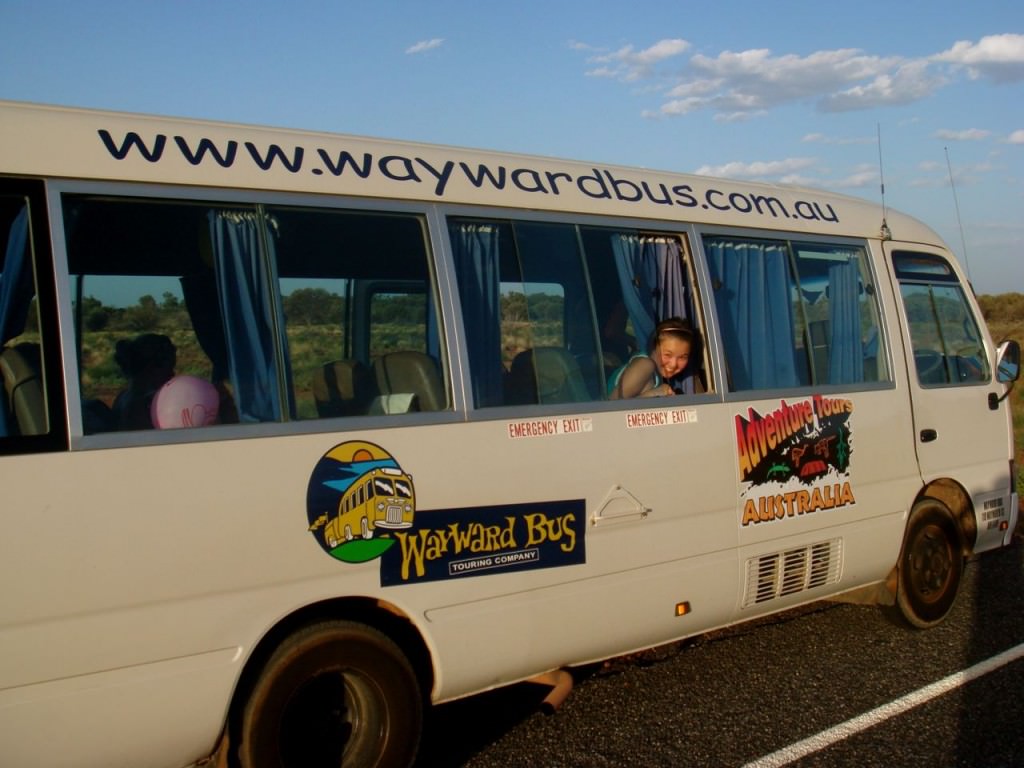
With your own transport:
Ayers Rock is roughly at the centre of Australia. It is about 1800km from Adelaide, Melbourne, Sydney, Brisbane, Darwin and Perth. Driving to visit Uluru from the East cost takes around 4 days, so be prepared. Direct from Sydney for example, in perfect conditions, requires 35+ hours driving, so on 9 hour driving days, that’s 4 days!
Top up with petrol and every available opportunity and make sure you’ve got provisions. People die every year from lack of preparation. Once you get to Alice Springs, it’s a walk in the park.
Anywhere from around Sydney, I’d recommend taking the great ocean road and heading via Melbourne and Adelaide. Give yourself about 5 days for this.

Should you climb Uluru?
In my opinion, absolutely not. Uluru is a sacred site. The Aboriginal owners ask you to respect their law and not to climb it. The climbing route is a sacred path of spiritual significance that is only taken by few Aboriginal men on special occasions. I certainly opted not to climb it.
However, there is no law against climbing Uluru. So ultimately it’s your choice. Uluru is 348 metres high (that’s a 95 story building). The climbing path is about 1.6 km long and can be pretty treacherous. The first part has a chain to hold on to. It is a very strenuous climb (most of 35 deaths at Ayers Rock were due to heart attacks) and takes about two hours to complete. If you are fit I’d say half an hour up, half an hour across the top, some time spent up there and the way down.
Also, the option to climb Uluru is often closed due to high winds, excessive temperatures etc so don’t get your heart set on going up. Often it’s not even possible. Oh, and the Australian Government have been talking about banning all climbing anyway. So this all may be a moot point soon regardless!
Instead, you can walk around the whole rock, the ‘base walk’ is about 10km and takes around 3 hours. Just bring plenty of water and sunscreen.
(Should you &) Can you climb Uluru?
2025 EDIT. You can no longer climb Uluru, and rightly so.
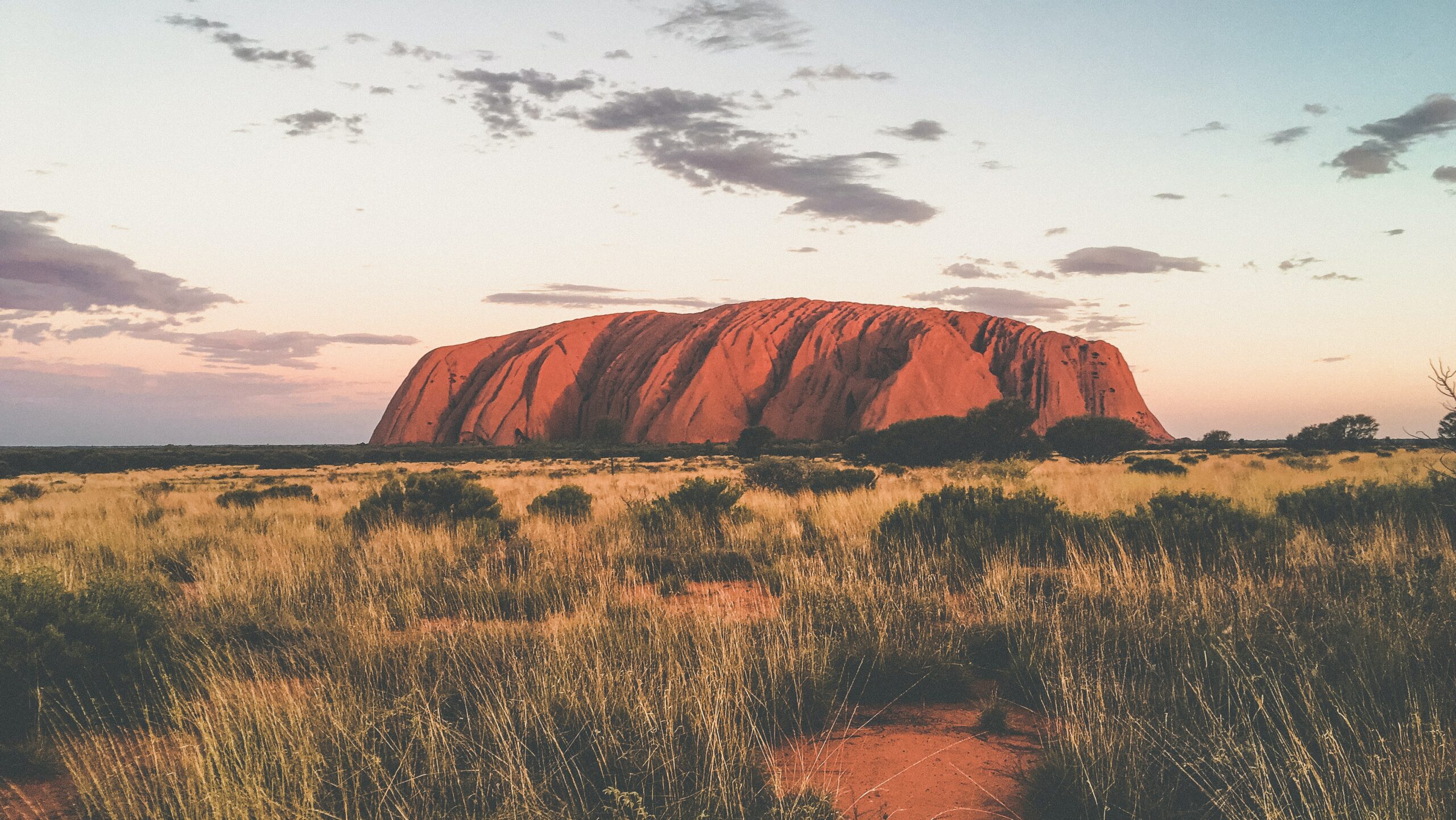
Where is Uluru?
Right slap bang in the middle of Australia. The nearest airport is Alice Springs, 500km away.
When’s the best time to visit Uluru?
If you just want to see the Rock then the Australian winter is the best time (April to October) because the temperature is cooler and the tropical climate is dryer. The area is often plagued with millions of flies (literally, it’s crazy). But in the Ozzie winter, there are a lot less.
That being said, I went in the peak of summer so it was 40 degrees in the shade! Still awesome though. Regardless of when you go, sunset and sunrise at Uluru are two amazing sights to behold. It really is mesmerizing.

Things to do Around Uluru
Kata Tjuta (also known as “The Olgas”) is a collection of 36 variously-sized rock domes 36km to the west of Uluru.
Here you can take the ‘Valley of the Wind’s Walk’. The walk consists of a single path to the first lookout point. From this point, the walk enters further into Kata Tjuta, where a loop trail brings you to the second lookout point, it takes about 3 hours in total so leave the flip-flops at home guys.
Uluru, also known as Ayers Rock, is a magnificent sandstone monolith in the heart of the Northern Territory’s arid “Red Centre” in Australia. This iconic landmark offers a range of culturally enriching and adventurous activities for visitors. Here are some things to do around Uluru:
- Sunrise and Sunset Viewings: Witness the spectacular sight of Uluru changing colors at dawn and dusk. The viewing areas are specifically designed for the best photographic opportunities.
- Base Walk: Take a leisurely walk around the base of Uluru. This 10km walk allows you to appreciate the natural beauty and significance of the site up close.
- Field of Light: Experience Bruce Munro’s Field of Light art installation, where thousands of solar-powered lights illuminate the desert landscape near Uluru, creating a magical atmosphere.
- Cultural Centre: Visit the Uluru-Kata Tjuta Cultural Centre to learn about the Anangu people’s culture, the traditional custodians of the land, through art exhibitions, performances, and storytelling.
- Kata Tjuta (The Olgas): Explore the striking rock formations of Kata Tjuta, about 30km west of Uluru. The Valley of the Winds walk offers breathtaking views and a deeper understanding of the geological and cultural significance of the area.
- Camel Tours: Experience the desert landscape from the unique perspective of a camel’s back. Camel tours offer a serene way to explore the area, especially at sunrise or sunset.
- Helicopter or Scenic Flights: For an unforgettable view of Uluru and Kata Tjuta, take a helicopter or scenic flight to see the awe-inspiring landscapes from above.
- Stargazing: The clear desert skies offer some of the best stargazing opportunities. Join a guided tour to learn about the southern hemisphere’s constellations.
- Guided Cultural Tours: Engage with Anangu guides who share their traditional stories, art, and cultural practices, offering deeper insights into the significance of Uluru and the surrounding land.
- Dining Experiences: Enjoy unique dining experiences like the “Sounds of Silence” dinner, where you can dine under the stars with Uluru as your backdrop, blending gourmet food with Aboriginal culture and storytelling.
So should you climb Uluru in 2025?
No. just don’t do it.
I had an amazing time there but it certainly doesn’t come cheap. With the strength of the Australian dollar, without your own transport you’re looking at a minimum of $700 to visit it (flights included). But it’s well worth it. It had been a dream of mine to visit Uluru and this was mission accomplished.
Remember, never travel without travel insurance! And never overpay for travel insurance!
I use HeyMondo. You get INSTANT quotes. Super cheap, they actually pay out, AND they cover almost everywhere, where most insurance companies don't (even places like Central African Republic etc!). You can sign-up here. PS You even get 5% off if you use MY LINK! You can even sign up if you're already overseas and traveling, pretty cool.
Also, if you want to start a blog...I CAN HELP YOU!
Also, if you want to start a blog, and start to change your life, I'd love to help you! Email me on johnny@onestep4ward.com. In the meantime, check out my super easy blog post on how to start a travel blog in under 30 minutes, here! And if you just want to get cracking, use BlueHost at a discount, through me.
Also, (if you're like me, and awful with tech-stuff) email me and my team can get a blog up and running for you, designed and everything, for $699 - email johnny@onestep4ward.com to get started.
Do you work remotely? Are you a digital nomad/blogger etc? You need to be insured too.
I use SafetyWing for my digital nomad insurance. It covers me while I live overseas. It's just $10 a week, and it's amazing! No upfront fees, you just pay week by week, and you can sign up just for a week if you want, then switch it off and on whenever. You can read my review here, and you can sign-up here!





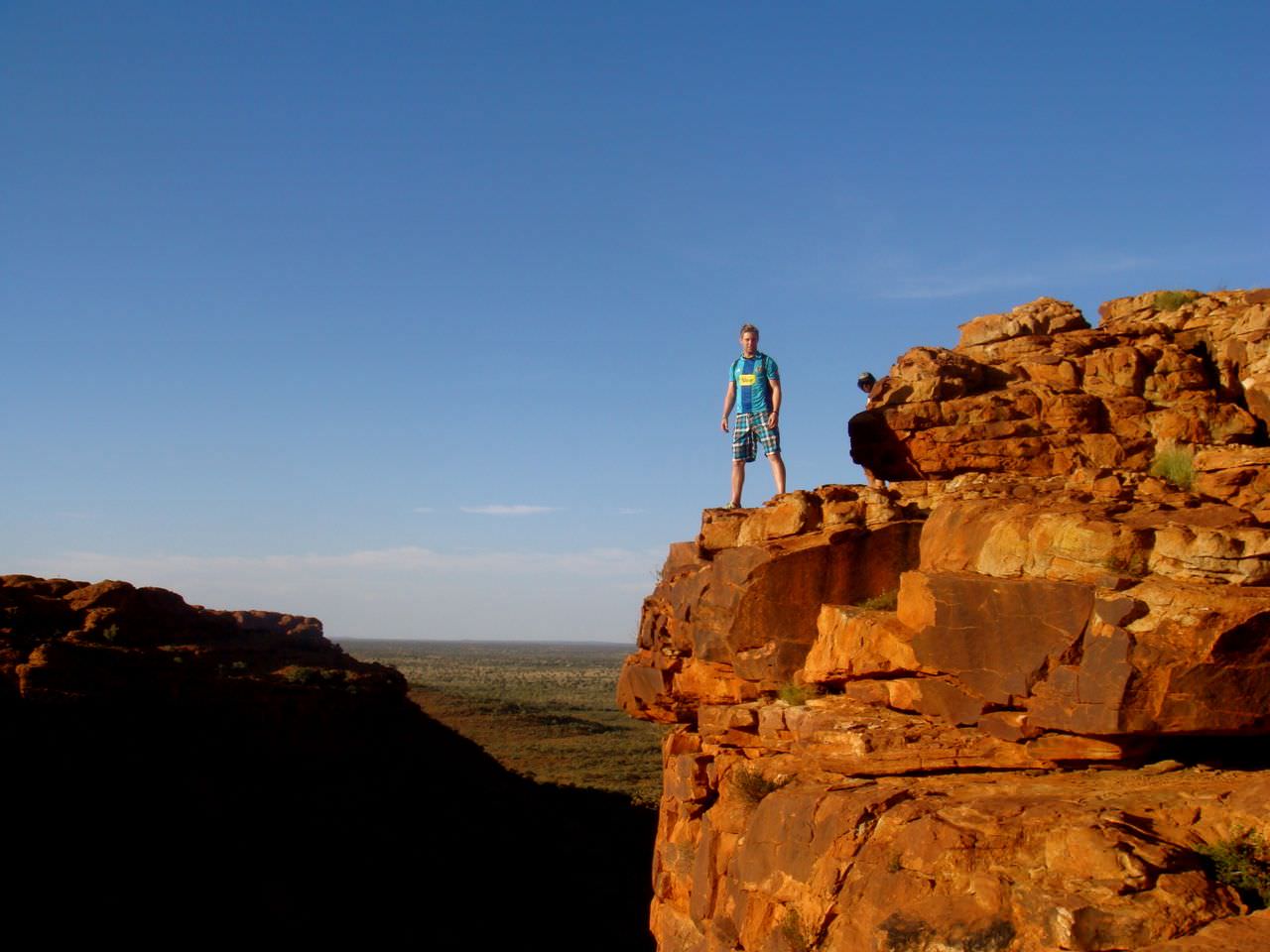



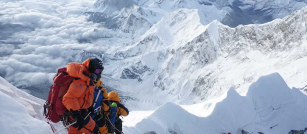




 As you know, blogging changed my life. I left Ireland broke, with no plan, with just a one-way ticket to Thailand
and no money. Since then, I started a blog, then a digital media company, I've made
more than $1,500,000 USD, bought 4 properties and visited (almost) every country in the world. And I did it all from my laptop as I
travel the world and live my dream. I talk about how I did it, and how you can do it too, in my COMPLETELY FREE
Ebook, all 20,000
words or so. Just finish the process by putting in your email below and I'll mail it right out to you immediately. No spam ever too, I promise!
As you know, blogging changed my life. I left Ireland broke, with no plan, with just a one-way ticket to Thailand
and no money. Since then, I started a blog, then a digital media company, I've made
more than $1,500,000 USD, bought 4 properties and visited (almost) every country in the world. And I did it all from my laptop as I
travel the world and live my dream. I talk about how I did it, and how you can do it too, in my COMPLETELY FREE
Ebook, all 20,000
words or so. Just finish the process by putting in your email below and I'll mail it right out to you immediately. No spam ever too, I promise!
